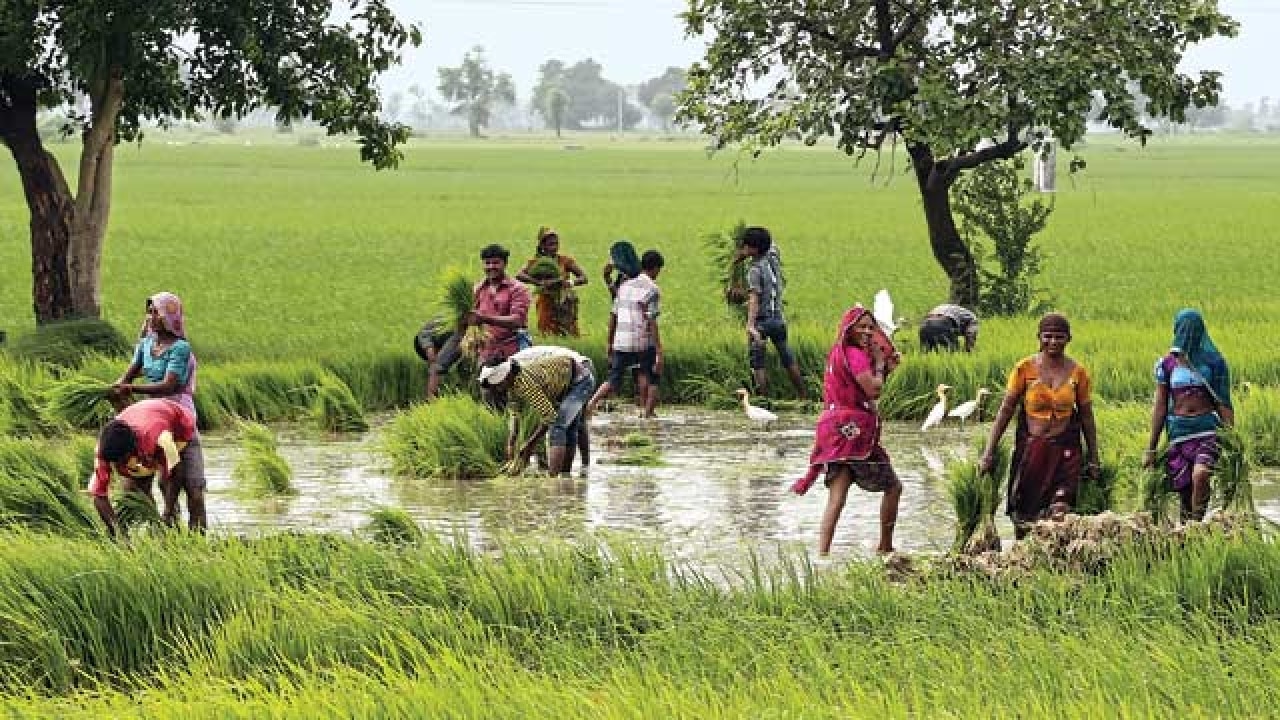
Demonetization has the larger goal of curbing black money and black market. This is the most urgent need of our country. However its timing has created difficulties to farmers in terms of getting credit for purchase of seeds, fertilizers, energy, etc for the sowing of Rabi crops. In all such initiatives, it is important to take into account the potential implications of our action on more than 60 per cent of our population who are engaged in farming for their livelihood.
I am glad the Government has taken several steps to help farmers obtain the necessary inputs. The monsoon and the market are the two major determinants of a farmer’s wellbeing. Of late, the monsoon is becoming erratic.
The market is also very volatile particularly with reference to perishable commodities. Therefore, we should promote a monsoon-smart agricultural system in the 15 major agro-climatic zones of our country.
Lines of Agro Credit
The average size of a farm is very small in our country and, as a result, the farmers have very little holding capacity. They want cash as soon as they harvest the crop. These are the reasons why in the National Commission on Farmers we recommended a procurement price formula of C2 (being the cost of production) plus 50 per cent. At the moment, it is hardly fifteen per cent more than the production cost. Poverty and malnutrition will continue to persist if we do not have a remunerative Minimum Support Price (MSP) supported by an effective and extensive public-procurement and distribution system.
What we need to do now is to ensure that Kisan Credit Cards are available not only to male farmers but also to all women farmers. The credit card should be in a position to help farmers to purchase the needed inputs without much difficulty. It is also an occasion when farmers could be encouraged to take to balanced nutrition. At the moment, they use mostly nitrogen in the form of urea. The soil organic matter also is low. Every farm should have a biogas plant so that the animal refuse is converted into good manure and energy. Nitrogen fixing trees should also be planted. All this will require a special package. I therefore suggest that immediately state governments adopt a demonetization management package for agriculture.
Every calamity is also an opportunity for progress. The difficulties caused by demonetization could be used for the improvement and streamlining of the credit access and delivery mechanism. It could also be used for popularising Kisan Credit Cards and for opening credit availability to women farmers. Demonetization will then mark the beginning of the new era in agriculture.
Harnessing the North-East Monsoon
Tamil Nadu’s agriculture as well as water security for human needs depends very much on the management of the North-East monsoon. Over 2,000 years ago in Sangam literature, the state had been divided into five major ecological zones viz. Hill, Coastal, Arid, Semi-Arid and Wet Zones (irrigated). This classification of ecosystems is still a useful guide to promote monsoon management strategies.
Tamil Nadu farmers are already adopting practices like System of Rice Intensification (SRI), rainwater harvesting and watershed management, and more crop per drop techniques. Both supply and demand management are receiving attention. What is needed immediately is the preparedness for growing alternate climate smart crops in case the available water is not adequate to get a good samba rice crop. Among the steps needed, are the introduction of climate smart millets, pulses and varieties like sati maize (ie 60 day crop). There is a growing demand for maize both for poultry and human use.
Also, there is much scope for sea water farming—sea water constitutes 97 per cent of the global water resource. The MS Swaminathan Research Foundation (MSSRF) has already demonstrated this possibility along the Tamil Nadu coast. I hope the potential calamity of a poor North-East monsoon will be converted into an opportunity to spread climate-resilient agriculture.
I also welcome the draft model law introduced by the government of India to conserve ground, surface, and rainwater, and increase the use of treated water for non-potable purposes.
We need this model law to become both a legal law and one which is practised on the ground at the Panchayat level. A similar bill was introduced in the early 1970s and Gujarat even adopted it. However, the lack of political will and conflicting needs did not lead to the State Governments initiating and enforcing on such laws. Ensuring water security is an idea whose time has come.
The author is Chairman of the MS Swaminathan Research Foundation and architect of India’s Green Revolution